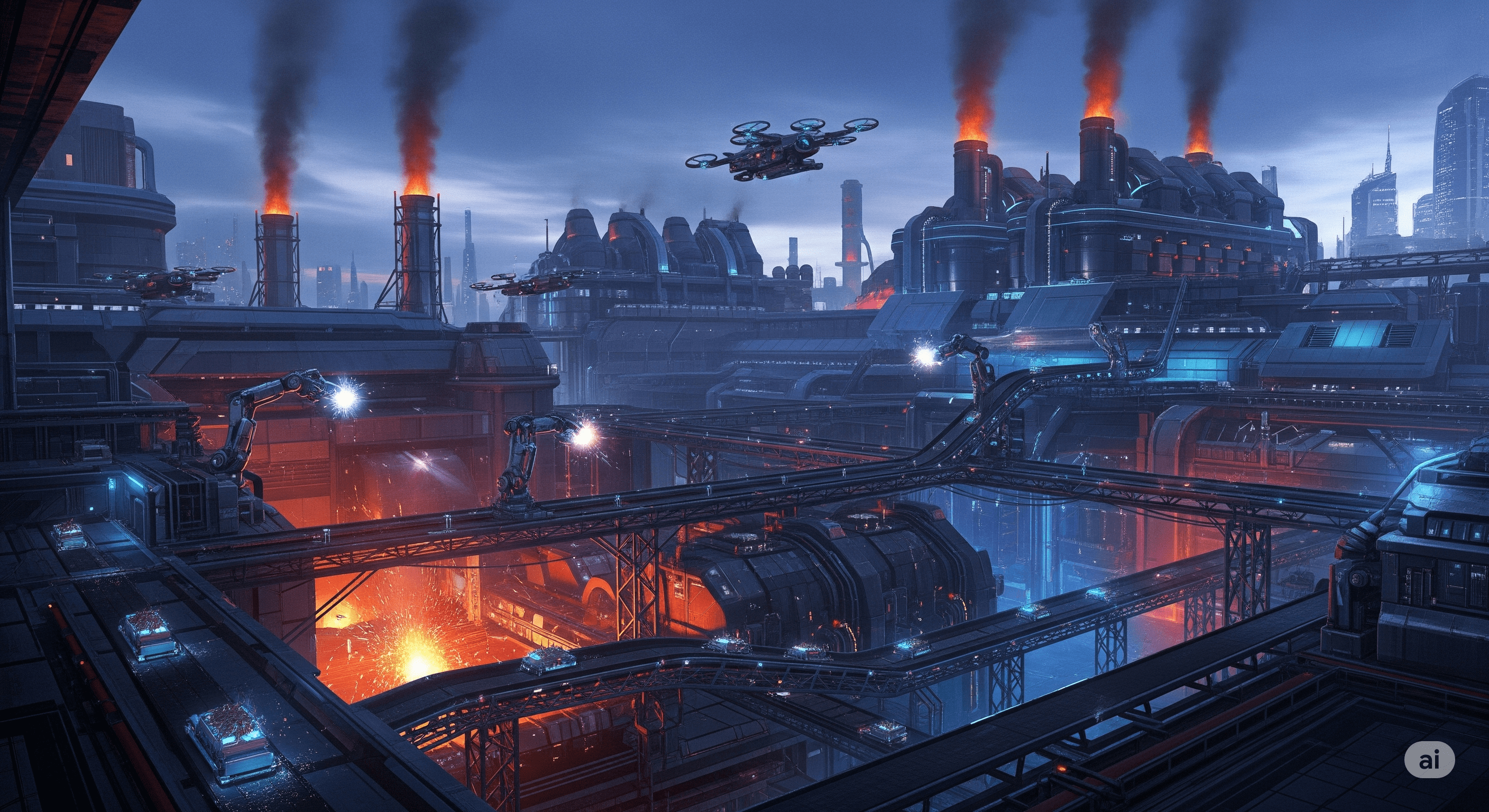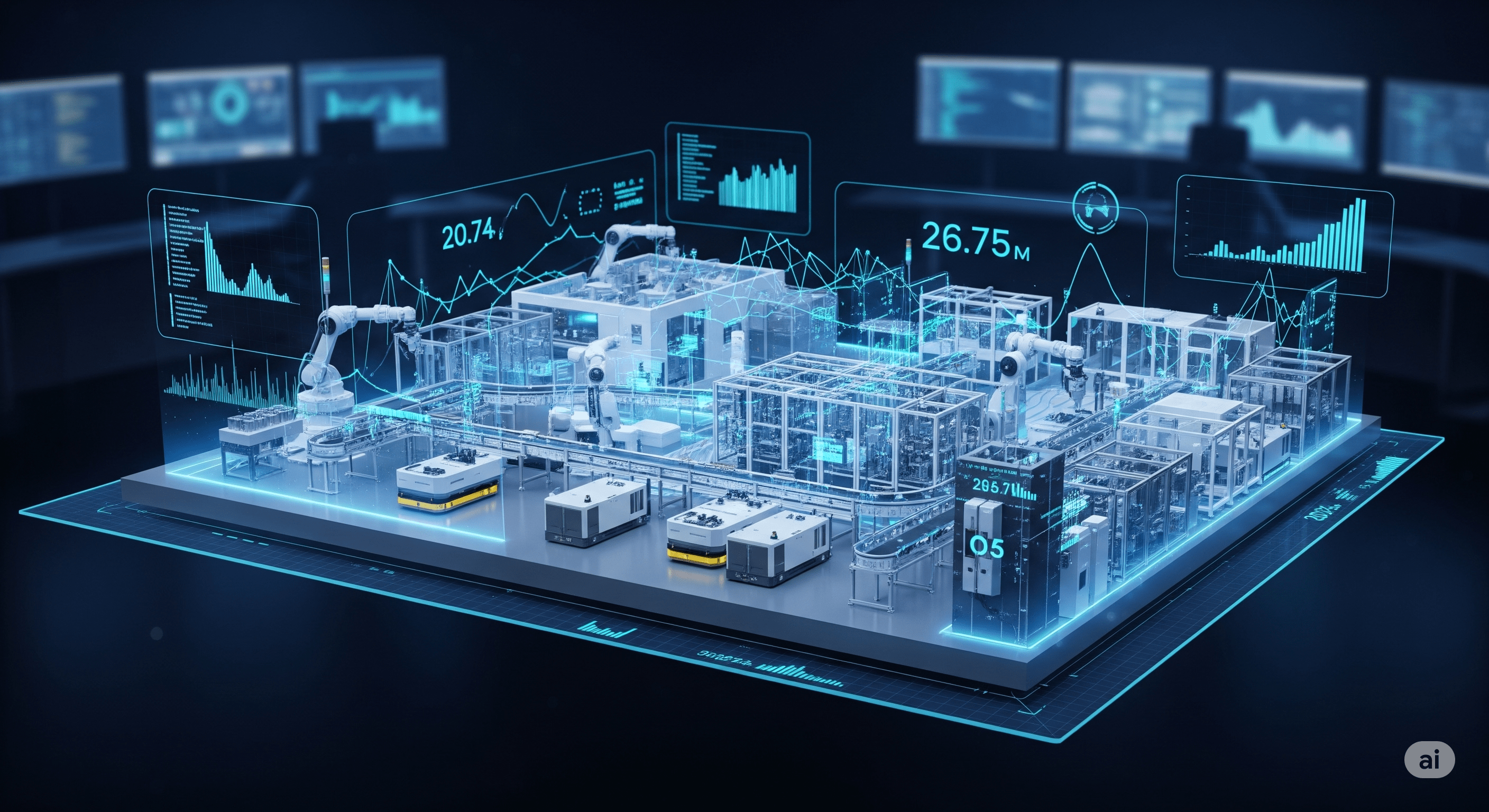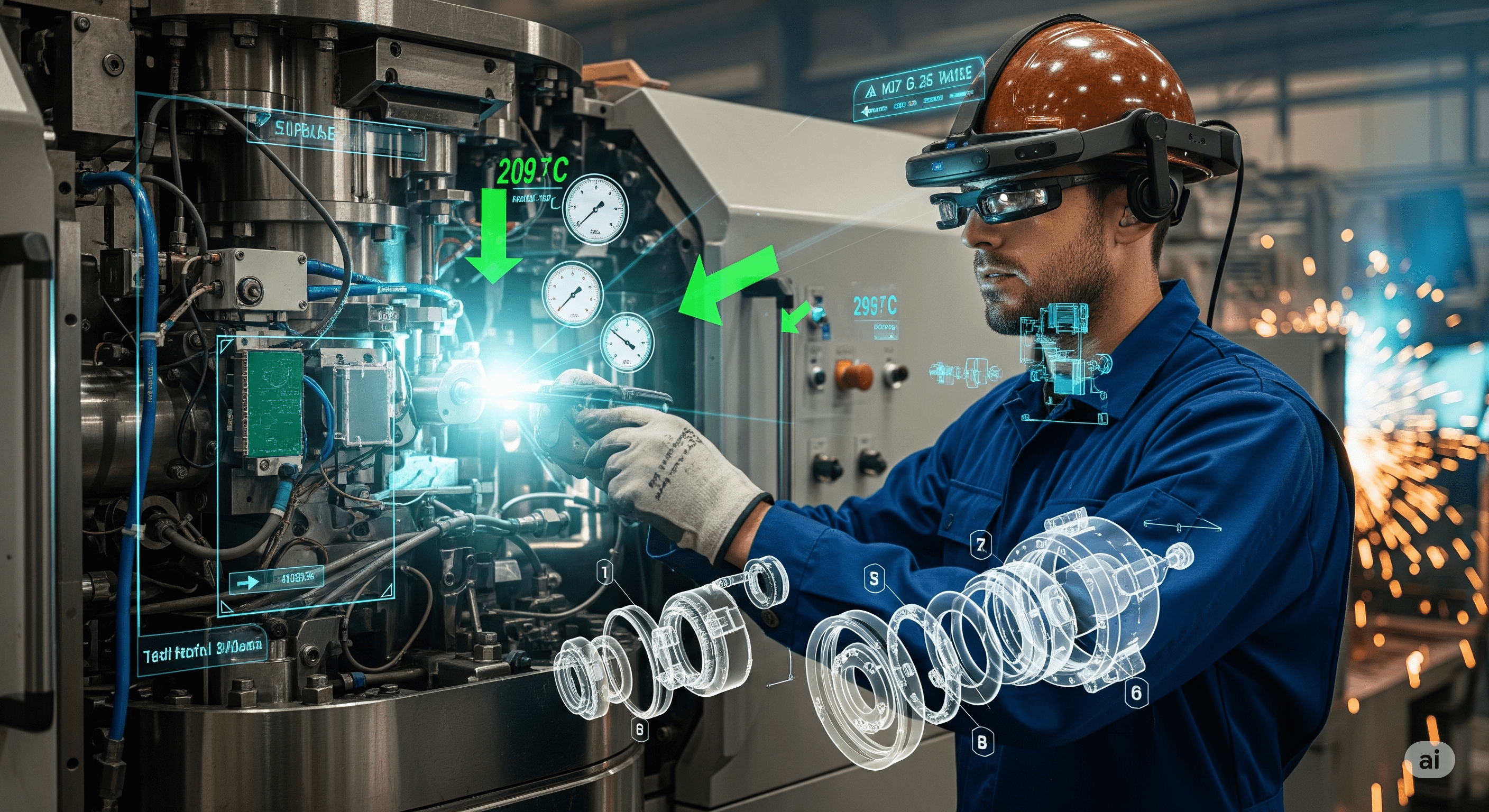Top 10 Use Cases for Industrial IoT
May 3, 2024
The Industrial Internet of Things (IIoT) refers to the application of IoT technology in industrial settings and processes. By connecting machinery, sensors, and enterprise systems, IIoT enables unprecedented levels of efficiency, safety, and productivity.
Here are ten of the most impactful use cases for IIoT today.
1. Predictive Maintenance
Instead of repairing equipment after it fails, IIoT sensors monitor machinery health (vibration, temperature, etc.) to predict failures before they happen. This minimizes downtime and reduces maintenance costs.

2. Smart Grid and Energy Management
Utility companies use IIoT to monitor the electrical grid in real-time, enabling faster responses to outages and better load balancing. In factories, it helps monitor and optimize energy consumption of heavy machinery.
3. Supply Chain and Logistics Optimization
Sensors on cargo and vehicles provide real-time location and condition data (e.g., temperature for cold chain logistics). This improves visibility, optimizes routes, and ensures product quality.
4. Digital Twins
A digital twin is a virtual model of a physical asset or system. IIoT data feeds this model in real-time, allowing companies to run simulations, test new processes, and predict performance without affecting the physical world.

5. Quality Control
AI-powered cameras and sensors on the production line can detect product defects with greater speed and accuracy than human inspection, reducing waste and ensuring higher quality output.
6. Remote Asset Monitoring and Control
Operators can monitor and control remote equipment (like oil pumps, pipelines, or cellular towers) from a central location, reducing the need for costly and time-consuming site visits.
7. Connected and Autonomous Vehicles
From forklifts in a warehouse to long-haul trucks, IIoT is the enabling technology for vehicles that can navigate, communicate, and operate with increasing levels of autonomy.
8. Augmented Reality (AR) for Field Service
Field technicians can use AR glasses or tablets that overlay digital information (manuals, sensor data, instructions) onto their view of a machine, speeding up repairs and reducing errors.

9. Smart Farming and Agriculture
Sensors monitor soil moisture, nutrient levels, and weather conditions to optimize irrigation and fertilization, leading to higher crop yields and conservation of resources.
10. Worker Safety and Environmental Monitoring
Wearable sensors can monitor a worker's health vitals and location in hazardous environments. Fixed sensors can detect toxic gas leaks or unsafe structural conditions, triggering immediate alerts.